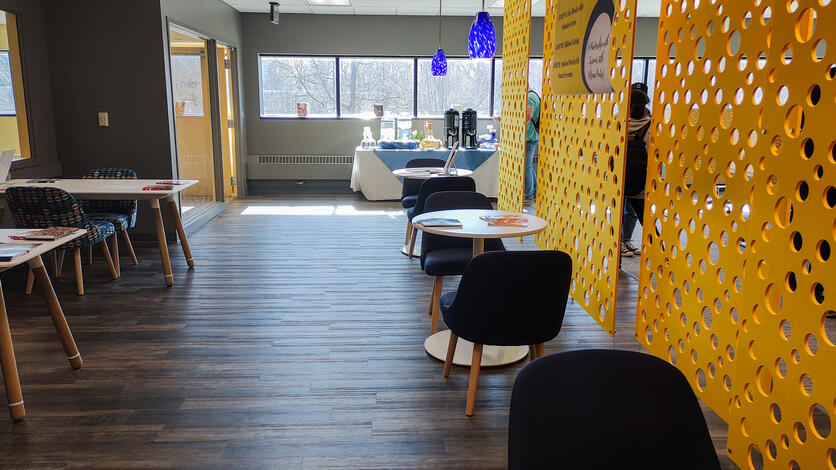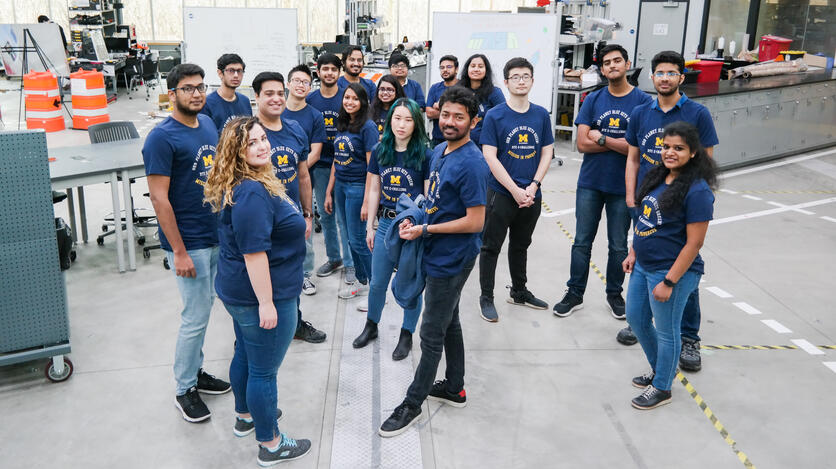
If you’re the type who sees every challenge as an opportunity, it’s a fascinating time to be in higher education. Rising costs and growing income inequality threaten to put the college experience out of reach for many. Technology is rapidly transforming almost every discipline and the way we teach. The problems we train our students to solve are becoming more complex, more interdisciplinary and more high-stakes. Many in our society are questioning whether a college degree is even worth it any more. To address the latter question: We still firmly believe that education is a potent gateway to economic mobility, personal transformation and vibrant communities. We also know that in a rapidly changing world, we can’t always rely on the old ways of doing things. It is this ethos that motivated the campus community to undertake a strategic planning process in early 2019. Over the subsequent 18 months — and through a global pandemic — hundreds of faculty, staff and students engaged in deep conversations about the kind of institution UM-Dearborn needed to be to continue delivering on its mission of making the American Dream accessible to students of all socioeconomic levels. Now, a year into implementing our Go BLUEprint for Success, we’re excited to see how the big ideas from that plan are already reshaping the university. Here, we’ve broken down some of the key initiatives to watch.
Student experience and success
On the student experience and success front, there have already been many important developments, one of the most exciting being a reorientation of our aid strategy around student financial need. Put simply, students with the greatest need now pay the least. The most headline-grabbing part of this effort is an extension of the Go Blue Guarantee to the Dearborn campus, which provides free tuition to high-achieving new and transfer students whose annual family incomes are under $65,000. UM-Dearborn has also greatly expanded its aid for students who don’t meet the GPA or income requirements of the Go Blue Guarantee. In addition, we’ve launched the Dearborn Comeback program for students who were oh-so close to becoming college graduates. It grants $5,000 to those with at least 90 credits to help them finish their degrees. We’ve also taken several important steps to enhance the student experience. The university launched a new online service portal that connects students to advisors, financial aid and other key university services from a single page. Enrollment Services is also staffing a new “One Stop” in the University Center for students who want in-person help. In January 2021, we launched Experience+ — a new effort to coordinate opportunities for professional development, research, intercultural awareness and digital literacy. A new peer-to-peer mentoring service has been heavily used by students. In its first semester, 137 upper-level students are mentoring 500 first- and second-year students, exchanging more than 9,000 messages. We’re reimagining physical spaces too. Some areas of the University Center have received a makeover to provide the spaces and services commuter students need most. Renovations include the Wolverine Commons, a lounge area on the second floor for hanging out and studying between classes, as well as easier ways for students to access opportunities like student organizations.





